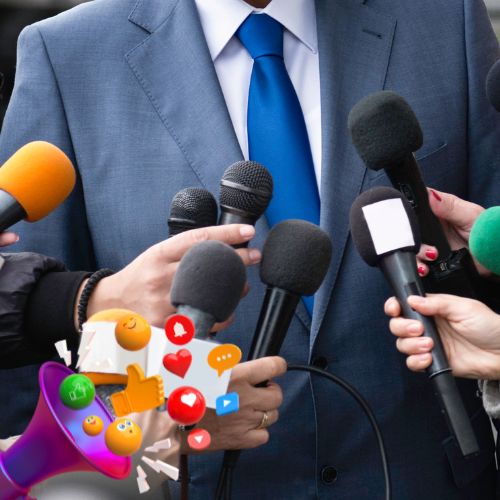
The Role of Media in Shaping Political Narratives
In today’s information age, media plays a crucial role in shaping the political landscape. From traditional newspapers to social media platforms, the way information is presented and consumed can influence public opinion, voter behavior, and overall political discourse. This guide explores how media impacts political narratives, the implications of these narratives, and how individuals can critically engage with the media.
1. Understanding Political Narratives
Definition
Political narratives are stories or frameworks that politicians, parties, and the media use to convey their messages and shape public perception about issues, policies, and candidates.
1.1 The Purpose of Political Narratives
- Simplification of Complex Issues: Narratives help break down complicated political topics into relatable stories, making it easier for the public to understand.
- Mobilization of Support: Effective narratives can rally supporters and motivate individuals to engage in political processes, such as voting or activism.
2. The Role of Media in Political Narratives
Overview
Media serves as a platform for the dissemination of political narratives, influencing how issues are framed and perceived by the public.
2.1 Types of Media
- Traditional Media: Includes newspapers, television, and radio, which have historically played a significant role in shaping political narratives through news coverage and editorials.
- Digital Media: Social media platforms, blogs, and online news sites provide new avenues for sharing information and can quickly amplify or alter political narratives.
2.2 Framing and Agenda-Setting
- Framing: This refers to how information is presented, which can affect public perception. For example, a news outlet might frame an economic issue as a crisis or an opportunity, influencing how audiences understand and react to it.
- Agenda-Setting: Media has the power to highlight certain issues while downplaying others, effectively shaping the political agenda. The more coverage a topic receives, the more likely it is to be perceived as important by the public.
3. Media Influence on Public Opinion
Overview
The way media presents political narratives can significantly influence public opinion and behavior.
3.1 Social Media’s Impact
- Virality of Information: Social media allows for rapid sharing and dissemination of information, making it easier for political narratives to spread quickly.
- Echo Chambers: Algorithms on social media platforms often create echo chambers, where users are exposed primarily to information that aligns with their existing beliefs, reinforcing those beliefs and shaping opinions.
3.2 Polarization of Views
- Partisan Media: The rise of partisan news outlets can lead to increased polarization, as people may gravitate toward media that aligns with their political beliefs, resulting in divergent narratives on the same issue.
- Misinformation and Disinformation: The spread of false information can distort political narratives, complicating public understanding and response to critical issues.
4. The Consequences of Media-Shaped Narratives
Overview
Media-shaped political narratives have far-reaching implications for democracy and civic engagement.
4.1 Influence on Voter Behavior
- Election Outcomes: The framing of candidates and issues in the media can influence voter perceptions and decisions, ultimately affecting election results.
- Civic Engagement: Positive narratives can motivate individuals to participate in civic activities, such as voting and community organizing, while negative narratives may lead to apathy or disengagement.
4.2 Policy Making and Governance
- Public Pressure: Media narratives can create public pressure on policymakers to act on specific issues, influencing legislative agendas and government responses.
- Shaping Political Discourse: The narratives prevalent in media can shape the broader political discourse, affecting how issues are discussed in public forums and legislative bodies.
5. Critical Engagement with Media
Overview
Being an informed citizen requires critical engagement with media sources and political narratives.
5.1 Evaluating Sources
- Identifying Bias: Recognize potential biases in media sources and consider how these biases may shape the narratives presented.
- Cross-Referencing Information: Validate information by consulting multiple sources to ensure a well-rounded understanding of issues.
5.2 Engaging in Discussions
- Promoting Constructive Dialogue: Engage in discussions about political narratives with friends, family, and community members, encouraging diverse perspectives.
- Advocating for Media Literacy: Support initiatives that promote media literacy, helping others understand how to critically analyze media content and narratives.






